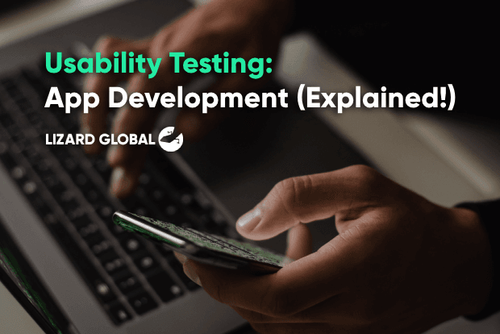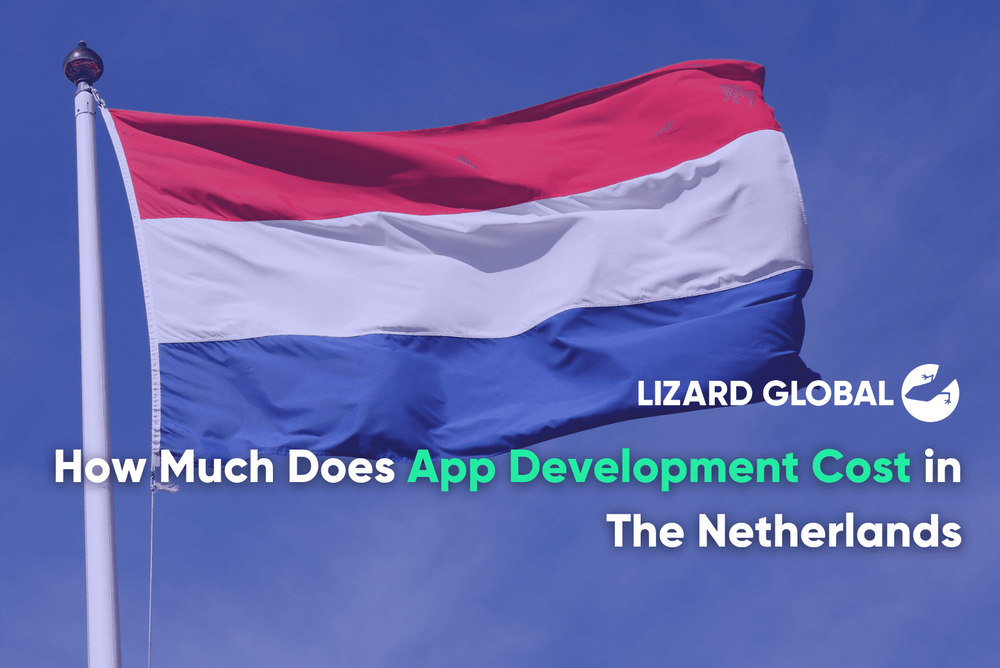Understanding Progressive Web App Development
Get the latest updates about our blog posts.
Subscribe so you don’t miss out!
In our blog about app development, we touched upon different types of applications and the ways they are built, such as native apps, web apps, progressive web apps, and cross platform apps. Because it’s important to know which type of app development suits your app, we dedicate some blogs to help you grow a better understanding of each individual type of app development. Whereas we addressed the topic of native development last time, this blog provides a deeper understanding of web application development, and progressive web app (PWA) development in particular.
Understanding (progressive) web apps
Web applications are apps that function in browsers, and are designed to be accessible on all types of devices, from desktop to mobile. They’re typically built with web technology programming languages like HTML, CSS, and Javascript. PWAs are very similar to regular web apps, but there are a few critical differentiators between the two.
Regular web applications
Web applications are websites with an interactive nature, mainly designed to use on multiple devices rather than just desktops. They provide users with the experience of an application, without having to download it first - like you would need to for anative application. Regular web apps offer various native-like functionalities. However, these features can be browser-specific. Some native-device features are only accessible on, for example, Chrome, but not on Safari or Mozilla Firefox, as the browsers are incompatible with that specific feature. Fortunately, as long as you develop to certain standards, there is significant cross-browser support as long as those browsers are standards-compliant, which most browsers are.
Progressive web applications
Generally, PWAs can be defined as a type of web application, but with additional features that optimize the overall user experience. PWAs offer the perfect blend of a web and mobile app, targeting a broader audience because of its accessibility on multiple devices and platforms. The development of PWAs focuses on delivering a user experience similar to high-performance native applications, but with the extra benefit of being accessible on multiple devices and platforms with only one piece of code, and the fact that it doesn't have to be downloaded from an app store. Whereas native applications are specifically built and designed for one operating system and require multiple codebases in order to work on other devices, PWAs require only one codebase for access on a wide variety of devices and operating systems.
In short, PWAs can be thought of as an extension of a web application which can be added to your phone’s home screen and made available alongside other native apps. It is built using common web technologies such as HTML, CSS and Javascript, just like a web application. However, developers also have to configure a web app manifest file, which specifies whether to run the app as a PWA, and the icons to be used on the homescreen. A service worker is also required and is essential to make the user experience much like the experience of a native app. This is a web worker written in javascript, which runs independent of the web page. This file specifies how to handle web requests, cache these requests, provide offline access and handle push notifications (provided the browser supports it).

The pros and cons
Although they offer a lot of benefits regarding user experience and cost-effectiveness, PWAs aren’t always the go-to solution for every business.
In order to really grasp the growing popularity of PWAs, let’s have a look at the benefits they provide regarding user experience and ease of use, as well as their limitations.
Pros
Native user experience
PWAs provide an overall look and feel similar to that of native applications. This involves high quality graphics, a seamless user experience, and easy access. PWAs can use the majority of native device features, such as push notifications and homescreen icons. It’s getting more and more difficult to differentiate native apps from PWAs, while the latter take much less time and effort to build.
Easily accessible
Because PWAs are applications that run on external browsers, they don’t have to be bought or downloaded from an app store, and therefore don’t require nearly as much storage space that a native app would demand. PWAs can simply be installed by the means of a link, which reduces the amount of steps taken by users to be able to interact with it. Users can turn these links into a home screen icon on their device, just like a native app. Besides, because PWA service workers cache their pages with formerly stored data, users can access and use the PWA even when their internet connection is down.
Improved user engagement
Because PWAs provide native features like push notifications and home screen icons, it keeps interacting with the users. PWAs can notify its users regarding new services or offers, and therefore keep them involved with your brand. These native-like features make the PWA easily findable and accessible, and therefore improves the overall user engagement and chances of interaction.
Automatic updates
A significant benefit of progressive web applications is the continuous automatic updating of features. Users don’t have to worry about updating their application manually, as it all happens behind the screens. Progressive web app developers can push updates from the server to the web apps installed on individuals’ devices. This significantly simplifies the process of providing the best user experience with updated features and services, without having to force them to update their app themselves. It's also faster for developers since they don't have to wait for Apple or Google to approve the updates in the app stores. Instead, updates can be pushed instantly and immediately without any waiting period. As soon as the user opens the PWA, the latest updates are downloaded.
Optimized discoverability
Because PWAs reside in web browsers, they are easily optimizable for Search Engine Optimization, opposed to native applications. Just like regular web apps or simply websites, they can make use of the benefits of SEO to improve their ranking in Google’s search results.
Overall lower development costs
Unlike native applications, PWAs do not rely on official submission to App Stores. This makes the overall development much more cost-effective than native mobile applications, while not compromising on quality or functionalities. The process of being officially allowed to present your app in the App store takes a lot of time, which can be a disadvantage for your marketing strategy. The quicker your app is available for use, the higher the Return of Investment (ROI).
Cons
Limited browser support
Even though PWAs are focused on offering an interactive experience for multiple platforms and devices, the majority of PWAs are often Android based, with a focus on functioning on browsers like Chrome or Mozilla Firefox. These PWAs, or certain functionalities of these apps, don’t work in Apple’s Safari browser, and therefore lose a significant amount of target users.
Limited software/hardware support
Mainly newer Apple devices have a limited accessibility for PWAs to access its system’s features, such as battery information and Face/Touch ID. Next to that, many users notified a constant reload of their PWA after closing the app. The app would restart from scratch after re-opening. However, major platforms like Apple can’t ignore the significant growth of PWAs, and it probably won’t take long for iOS to be optimized for more than only native applications.
Missing presence in app stores
Because progressive web apps are installed externally, they don’t have a place in app stores. This results in limiting the access to a specific group of users, who rely on discovering and downloading their apps via the app store, rather than their browser.
Battery-draining
PWAs usually rely on high-level code, and therefore require a lot of battery power. However, it probably won’t take long before developers come up with a fitting solution to prevent the exhaustion of batteries. However, new generation mobile phones possess batteries that are getting smaller, more efficient, and with higher capacity.
Web App Development at Lizard Global
Besides native application development and cross platform development, our skilled developers are experienced with the development of web applications, and mainly progressive web applications. Together with our clients, we find out what type of development fits their product and target audience, and turn their ideas into a successful end-product. Combined with a solid and tailormade go-to-market strategy, we make sure no one misses out on your application.
Still searching for a digital partner? We can help you conceptualize your app idea and turn it into reality. Contact us!




